As I was in the process of deciding which Eclipse film to review this week, I heard from someone that banks will be closed and no mail will be delivered in the USA on Monday, Feb. 21, the date of this column’s next installment. I had no idea why, so I browsed the internet and found out that 2/21 is the birthday of Sacha Guitry, a French writer, film maker and all-around bon vivant who I’ve come to admire quite a bit since discovering his work last fall when Criterion released Eclipse Series 24: Presenting Sacha Guitry. Since I can’t find a trace of anything more significant happening on this date, I’ll jump to the conclusion that Congress shares my taste in movies and culture and thus had the good sense to declare Monsieur Guitry’s birthday a national holiday. So in his honor, I’m taking a few moments to raise my glass and give a toast to The Pearls of the Crown, regarded by those in the know to be Guitry’s masterpiece, and a film I most heartily recommend.
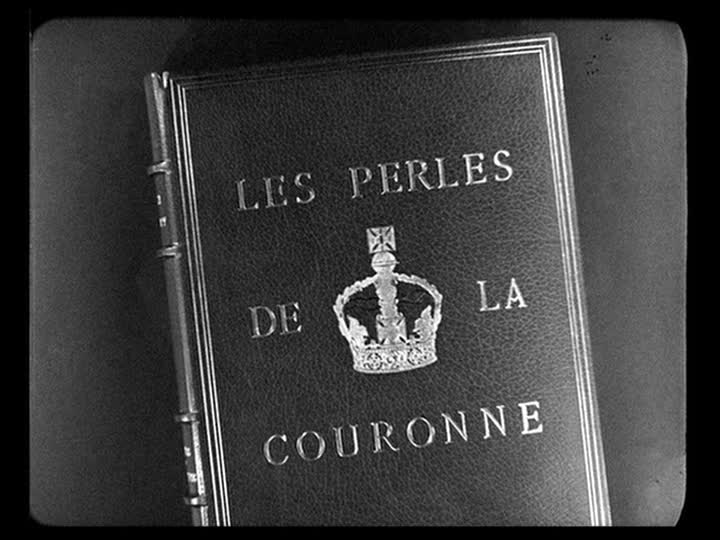
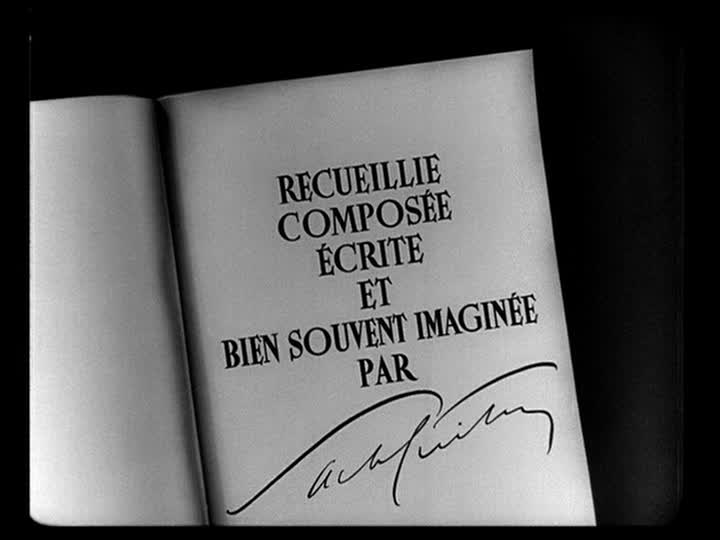
Alas, it does seem that M. Guitry’s reputation has faded quite a bit over the years, though the release last fall of this Eclipse set has probably had a significantly positive effect in renewing interest in his work. I’m not sure just how much popularity his films ever achieved Stateside – his very Continental and sophisticated wit are probably, like the finest French cognacs and champagnes, an acquired taste and quite rarefied at that. But if one has successfully bridged whatever hurdles might stand between our personal histories and cultural backgrounds and the cosmopolitan milieu that Guitry inhabits, perhaps through previous exposure to the early films of Jean Renoir or Marcel Carne, then The Pearls of the Crown is a feast nicely served and ready for one’s enjoyment.
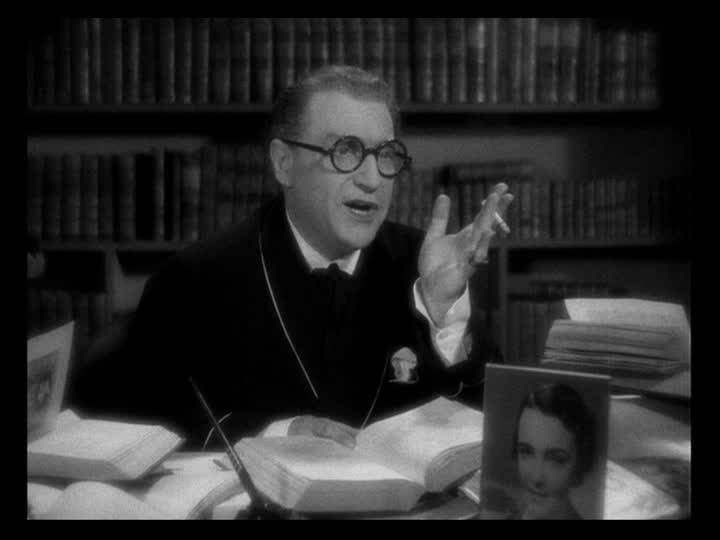
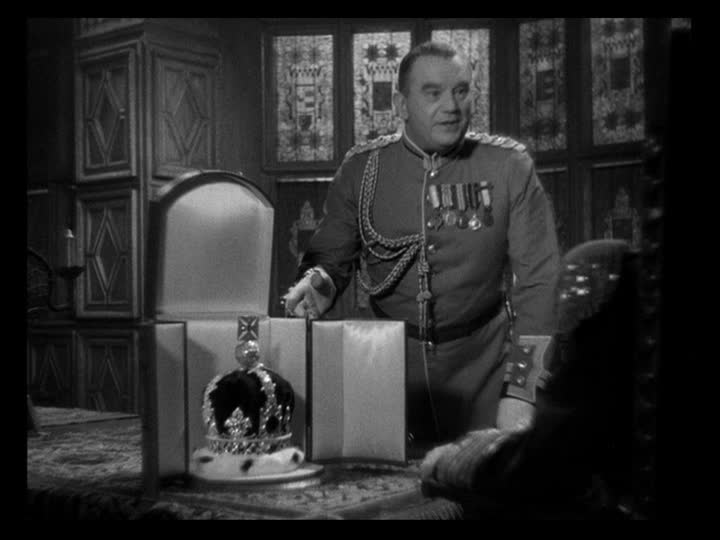
The complexity of its plot defies easy or quick summarization, but I’ll give it a go, skipping quite a bit of detail which is best discovered by actually watching the film in any case. The Pearls of the Crown is a story told by three narrators, speaking three different languages (French, Italian and English) and initially released without subtitles, which Guitry considered unnecessary since he figured audiences could follow along as the characters tended to paraphrase and translate for each other. Fortunately, Criterion supplies the subs for us monolinguists anyway! The tale doesn’t necessarily build up to a degree of poignancy or profundity that will change your life or stir deep philosophical ruminations, but delivers so much in the way of humor, charm and cleverness. The three narratives weave together to tell the convoluted history of seven exquisite pearls, four of which now grace the royal crown of England, and three of which met much murkier fates. The narrators open the film by delivering a message to their respective authorities, three “movers and shakers” whose ability to command the destinies of men stand out amongst the annals of history: the Italian serves his Pope, the Englishman obliges his King, and the Frenchman pays homage to the highest and most persuasive authority of all, a beautiful and charming woman, who just happens to be his wife!
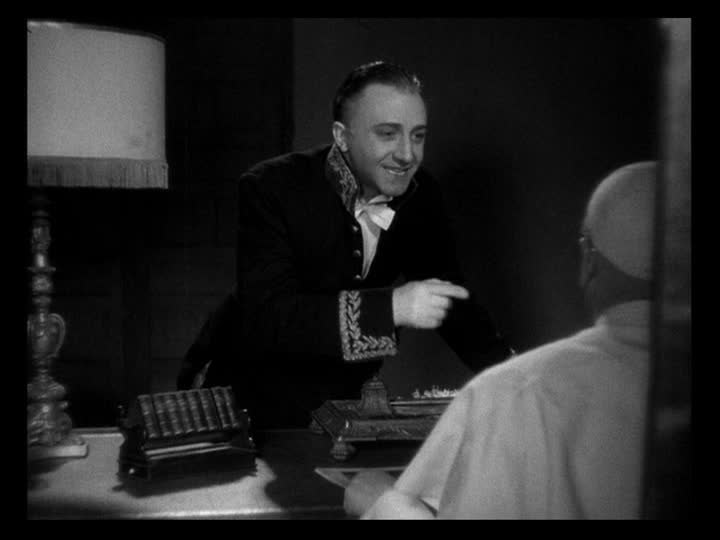
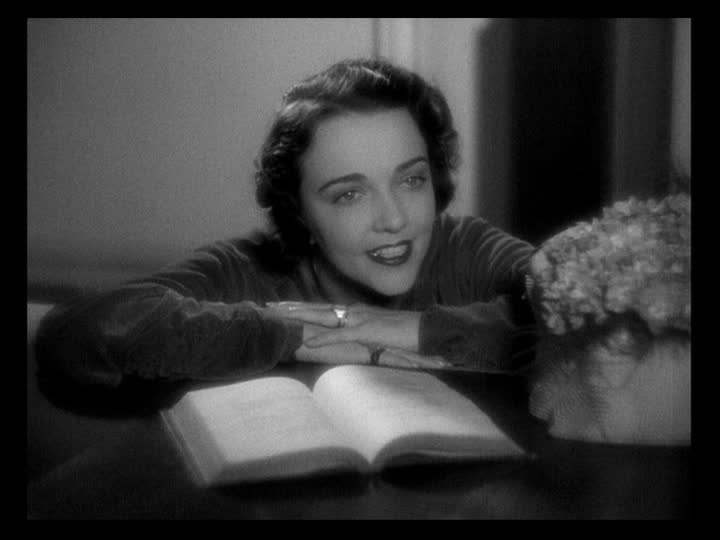
Introductions completed, we launch into a dizzying account of royal bloodlines, ecclesiastical subterfuge and simple carnal lust, the prime engines that have driven civilization’s advance over the course of centuries preceding the modern era we now live in. Venerable personalities like Henry’s IV and VIII, Catherine de Medici, Francois I, Pope Clement VII, Napoleon and Josephine, Madame du Barry, Queens Mary Stuart, Elizabeth and Victoria, and even the Virgin Mary all make their appearance as Guitry plays off of popular stereotypes and legends surrounding these characters to deliver sly satirical jabs at their expense that us commoners can easily relate to. Beginning with a pair of pearls owned by Pope Clement, the other five are gathered by his servant Spanelli, sent off on a global quest intended to last a decade or more, in order to thwart his interference as a potential suitor of Catherine de Medici, as his amorous intentions threaten to play havoc with the carefully arranged machinations intended to merge dynasties and further centralize aristocratic power.
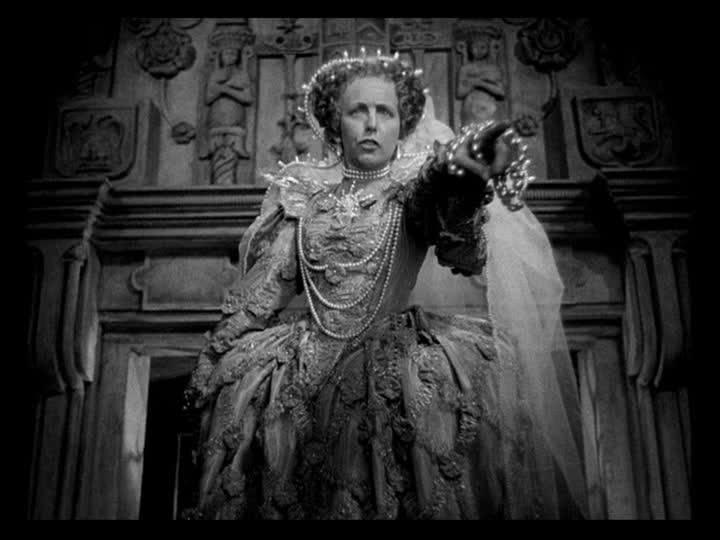
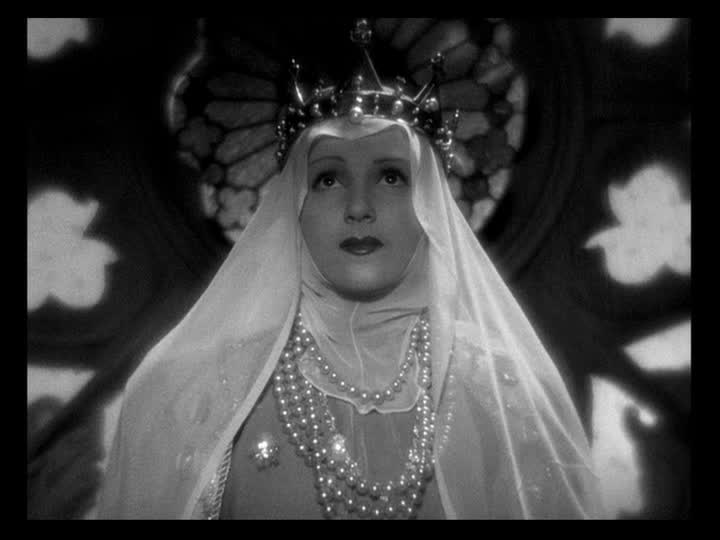
Spanelli’s travels take him to several exotic locations, creating the opportunity for brief but elaborate set pieces that offer offer snapshot views of the simplistic (and frankly racist) level of cross-cultural awareness that existed in Guitry’s era. The condescending portrayal of ethnic minorities needs to be acknowledged, and may irritate or even offend. Guitry definitely comes at us with a highly Eurocentric view of the world, and even though The Pearls of the Crown can’t claim to offer much in the way of class consciousness, since it takes place almost entirely within the most privileged levels of society, it does offer a fascinating portrait of a pre-World War II society that is just a couple of years from seeing so much of what they took for granted brutally disrupted. Guitry and his milieu, preoccupied with their bourgeois concerns and apparently oblivious to the larger struggles of humanity, seem pretty closely aligned with the decadent targets of Jean Renoir’s satire in The Rules of the Game.
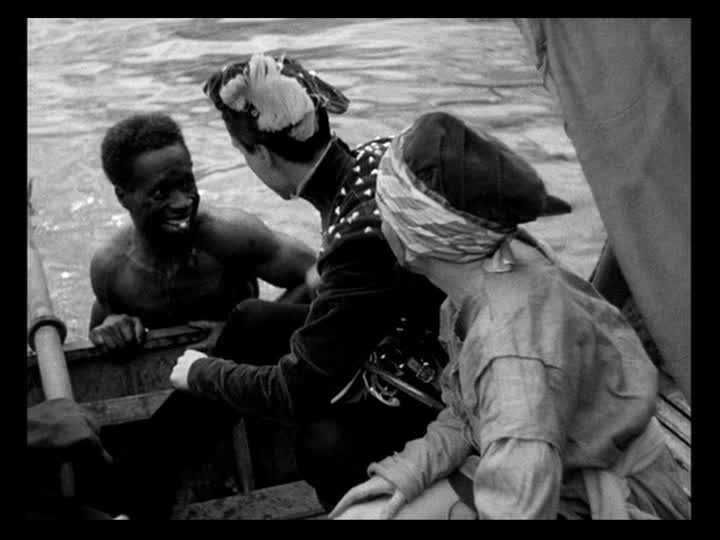
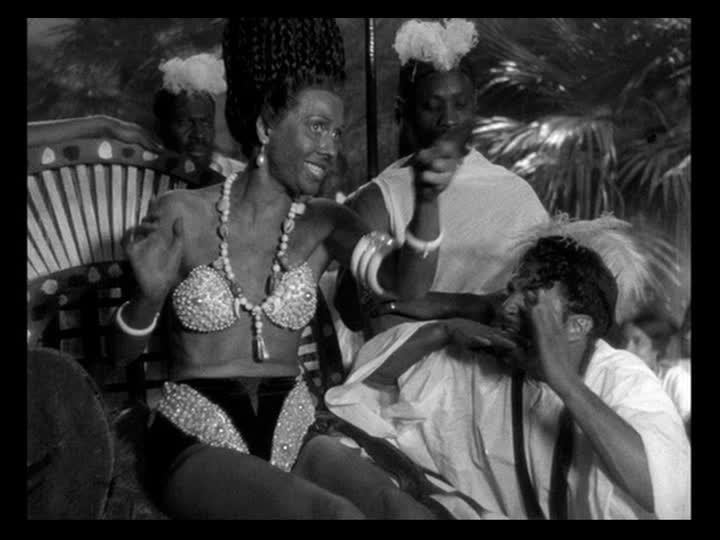
With the seven pearls now gathered together into one priceless necklace, the treasures end up gracing the lovely neck and bosom of “Bloody Mary,” before that neck is cleft in twain as a result of despicable palace intrigues. As Mary faces the executioner’s axe, her apartment is burgled, splitting up the pearls into two distinct groups: the four that are recaptured and ultimately wind up in the Crown Royal, and three that disappear into the historical fog and become the central focus of the film’s final half.
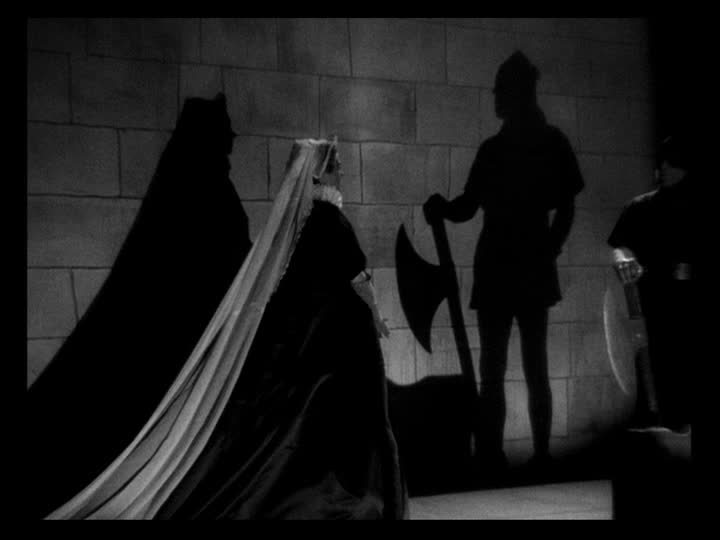
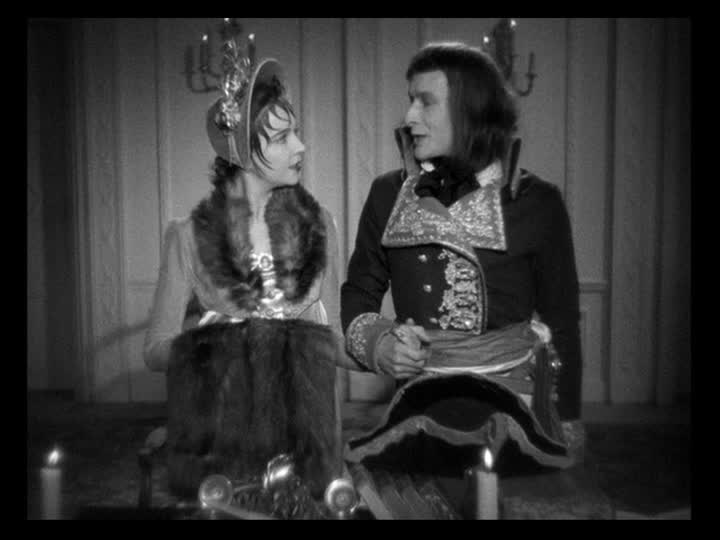
The whirlwind continues as we’re ushered through a droll retelling of popular European history. We see the role that the rare ornaments played in Napoleon’s wooing of Josephine, and how they become precious heirlooms, tokens of youthful love and romantic favors that old age, financial desperation or gambling addictions lead their various owners to cash in at opportune moments. Guitry’s theme that ties all these loose ends so satisfyingly together is a whimsical meditation on the interplay between lust, greed and the power of symbols to win affections and alter the course of human destiny. The pearls, though beautiful and unique, are after all not very practical or worth much in and of themselves. But their allure remains strong enough to compel action in order to obtain them over the course of several centuries.

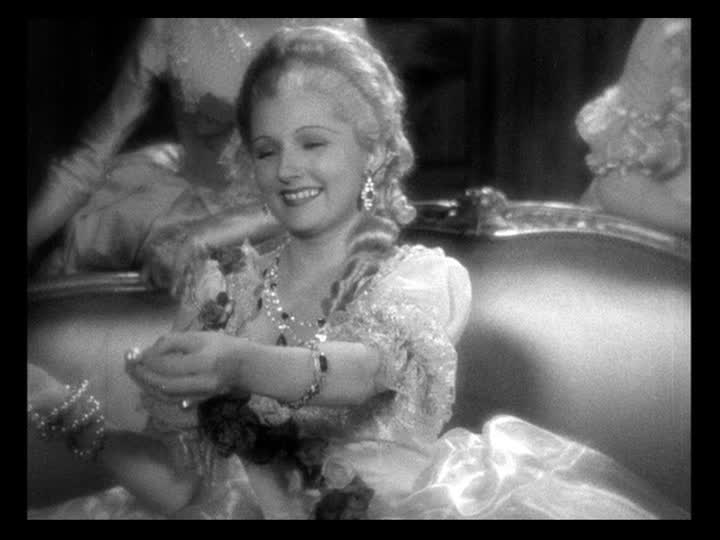
And speaking of beauty, Guitry (who’s extolled as a notable rule breaker in a contemporary review cited in the DVD liner notes) certainly understood one very important rule in making this film: load it up with gorgeous female faces. First and foremost is Jacqueline Delubac, one of the two female leads in The Story of a Cheat, which I reviewed here last fall when the set was first released. She also has prominent roles in Désiré and Quadrille, so we haven’t seen the last of her in this column. She and the rest of her lovely peers (including a noteworthy appearance by Arletty, in dark make-up as the Queen of Abyssinia, who many of us know as the inimitable Garance from Children of Paradise) all belong on the tall, slender “Paris Vogue” spectrum of feminine attractiveness, so if you’re into that look, The Pearls of the Crown offers up a wonderful display of late 30s glamour, even in its numerous flashbacks to period costumes.
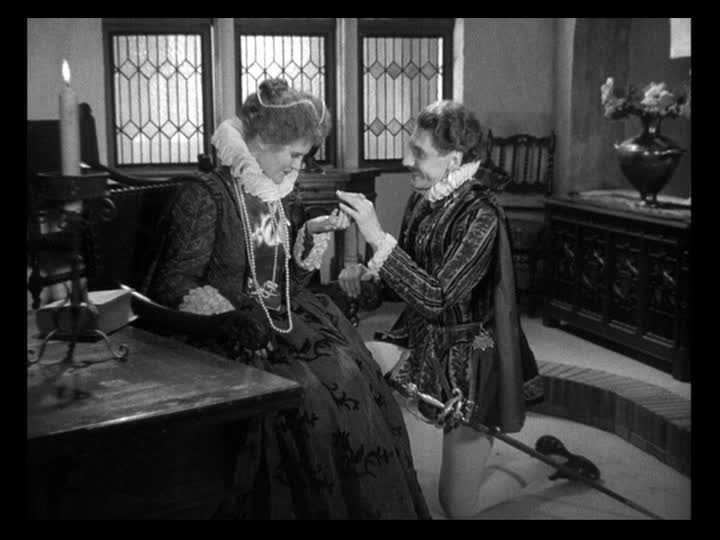
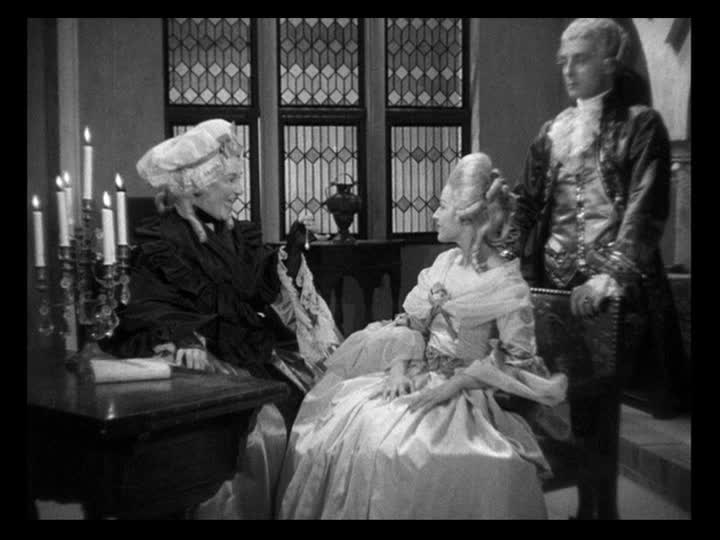
But mainly, The Pearls of the Crown is a tour de force for Sacha Guitry, made without apology for the enjoyment of educated and intelligent adults, a demographic niche that’s sadly under-appreciated by today’s movie industry. It takes a particularly perceptive, literate and creative mind to assemble as intricate and multi-faceted a story as he did, and he executes its telling so delightfully that a quick revisit to watch it all over again is a temptation that’s hard to resist. (I should give some credit to co-writer Christian-Jaque, however, who’s represented in the Criterion Collection as director of the adventure-comedy Fanfan la Tulipe.)
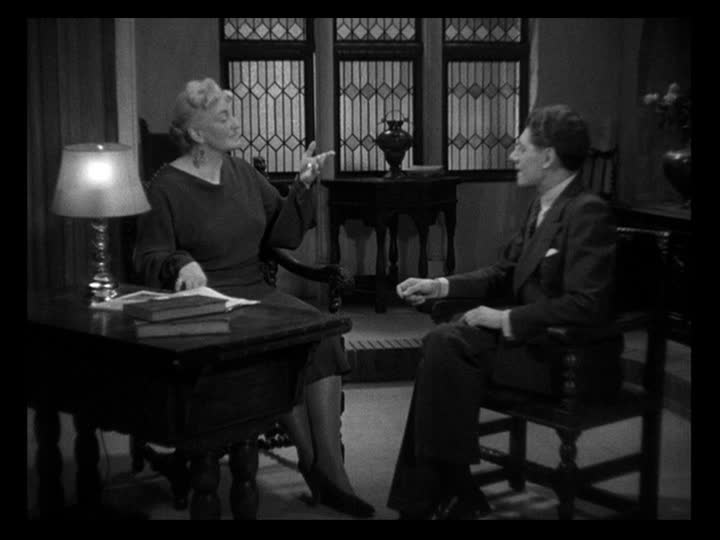
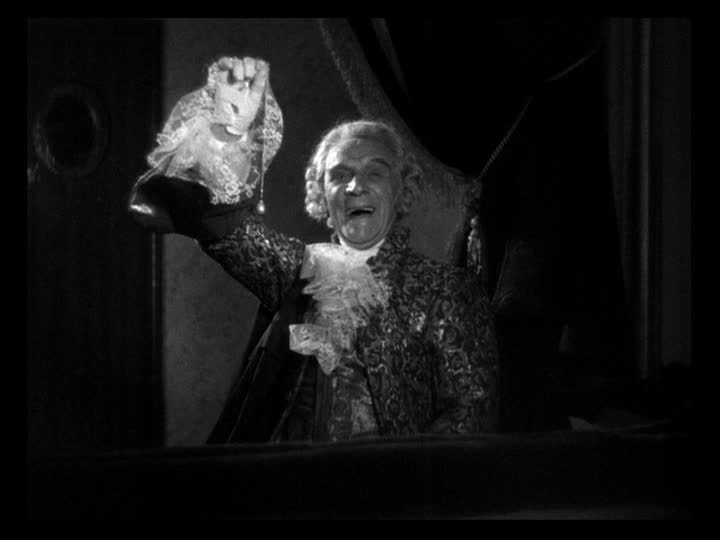
Subsequent viewings (try it without subtitles!) give us the chance to admire Guitry’s knowing eye for detail, as in a sequence where the parlor of a particular home is shown in succeeding generations, with appropriate changes in its decor (furniture, lamps, window trim, and so on.) As impressive as it is on its own merits, the fact that this was Guitry’s eighth film over the course of three years is nothing short of astonishing. The Pearls of the Crown isn’t necessarily a landmark in purely cinematic terms; the camera work, soundtrack, acting and other elements are merely functional. But as is the case with the Eclipse set dedicated to films based on plays by George Bernard Shaw, Presenting Sacha Guitry is an admirable document of a singularly creative mind, and The Pearls of the Crown is definitely a jewel worth seeking and adding to your collection.


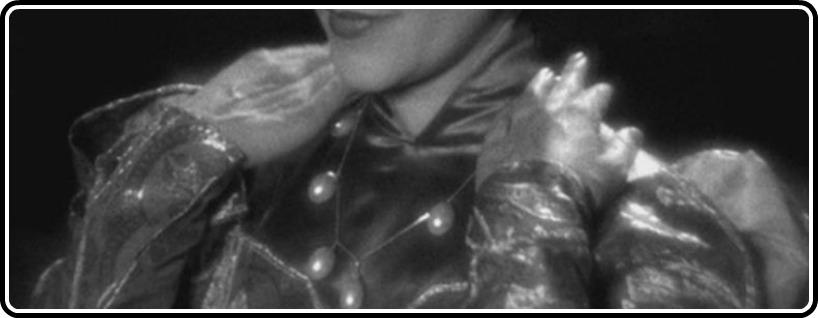



![Bergman Island (The Criterion Collection) [Blu-ray]](https://criterioncast.com/wp-content/uploads/2022/11/bergman-island-the-criterion-collection-blu-ray-400x496.jpg)
![This Is Not a Burial, It’s a Resurrection (The Criterion Collection) [Blu-ray]](https://criterioncast.com/wp-content/uploads/2022/11/this-is-not-a-burial-its-a-resurrection-the-criterion-collection-blu-ray-400x496.jpg)
![Lars von Trier's Europe Trilogy (The Criterion Collection) [The Element of Crime/Epidemic/Europa] [Blu-ray]](https://criterioncast.com/wp-content/uploads/2022/11/lars-von-triers-europe-trilogy-the-criterion-collection-the-element-of-400x496.jpg)
![Imitation of Life (The Criterion Collection) [Blu-ray]](https://criterioncast.com/wp-content/uploads/2022/11/imitation-of-life-the-criterion-collection-blu-ray-400x496.jpg)
![The Adventures of Baron Munchausen (The Criterion Collection) [4K UHD]](https://criterioncast.com/wp-content/uploads/2022/11/the-adventures-of-baron-munchausen-the-criterion-collection-4k-uhd-400x496.jpg)
![Cooley High [Criterion Collection] [Blu-ray] [1975]](https://criterioncast.com/wp-content/uploads/2022/11/cooley-high-criterion-collection-blu-ray-1975-400x496.jpg)
1 comment